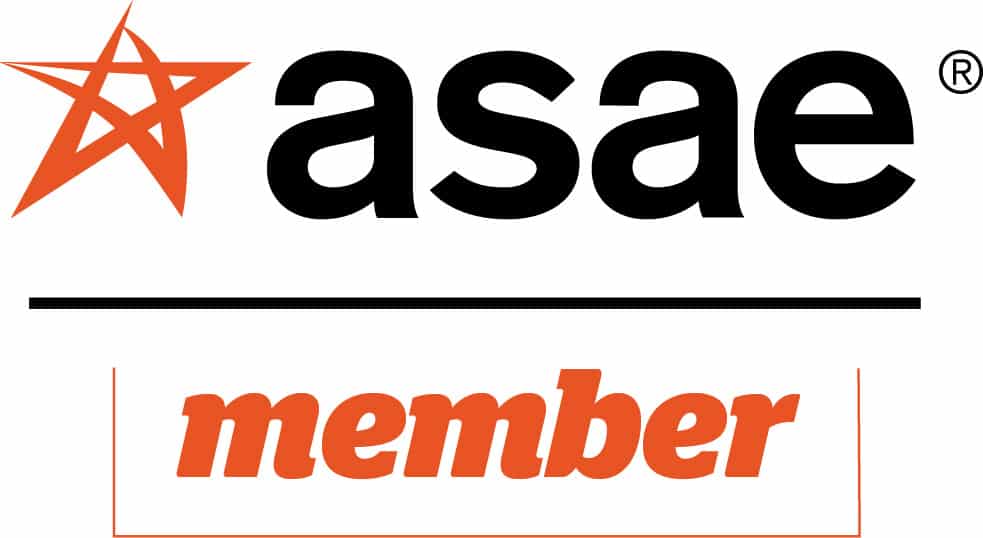This article first appeared in Sidecar as “Be Unbusinesslike: Why Associations are Better Than Corporations”
Name a model organization. What did you think of? It is probably a corporation exuding strategy and efficiency with an engine of innovation and progress, like Apple, Amazon, or Google. You probably don’t think of an association; they have little in common with the corporations typically held up as beacons of organizational success. But is that a bad thing?
Up-and-coming association leaders from corporate backgrounds are often shocked and bewildered by how their new organization works. They may ask themselves, “How does anything get done here at all?“
But anyone familiar with the association space knows that things do get done; not only that, but they also get done well, and associations are built the way they are for a reason. The best leaders understand the things that make associations unique and often challenging, are also what make them successful.
So, how do you recognize and embrace those opportunities and become a wiser and more effective leader?
1. THERE IS MORE THAN ONE BOTTOM LINE
Corporations work towards one bottom line: profit. Ultimately, a corporation exists to make money; the more you make, the better you are. Conversely, associations have three bottom lines to manage simultaneously – Mission, Member Value, and Money.
Each is just as important to the organization’s success as the last. As an association, you’re failing if you’re only good at one of these things. Great associations work at the intersection of these strategic imperatives, harmonizing their efforts in each area to maximize their results. If done well, the whole is greater than the sum of the three parts.
2. ASSOCIATIONS MUST BE MANY THINGS AT ONCE
Associations are one organization in name only. They’re not one organization but a conglomerate of businesses that share a mission and brand. Associations might have a membership business, a publishing business, an events business, an advocacy firm, and a charitable organization all under the same roof. Each of these businesses has different goals that sometimes intersect but often don’t.
In its worst form, this manifests as working in silos, each organization doing its own thing and never mind the others. In its best form, it comes to life as a strong independent organizations uniquely contributing to the same triple bottom line.
It’s the difference between Frankenstein’s monster and a duck-billed platypus. Frankenstein’s monster is built from parts that don’t go together, resulting in something ugly and frightening and a platypus, part beaver, part duck, part who knows what looks so strange you might think it was fake. But it’s exquisitely adapted to its Tasmanian environment in a way no other creature is.
If the Googles and Amazons of the world are the “purple unicorns,” associations are the platypi. Unicorns are sexy, but they don’t do so well in the wilds of Tasmania.
3. POWER IS HYPER-DISTRIBUTED
Associations have more goals and faces than corporations – and more bosses, too. In a company, business units report to executives, who report to boards, who report to shareholders, all focused on their single bottom line. Associations may have many hierarchies and power centers. The publications business may have its executive team, membership may have its executive team, and the foundation will be a separate corporation altogether.
If this were not complex enough, the executives report to a board of volunteers (there may be more than one of those, too). These boards often have committees- often lots of committees–overseeing the association’s work in great detail. Finally, volunteer leadership changes all the time, as often as every year, and a new set of leaders comes in with their ideas.
On the face of it, this is madness. What sane person would contrive such an organization? A rational person who truly understood the role associations play.
The role of an association is not to achieve goals. It’s to empower many people with one shared purpose to achieve many different goals together. An association’s purpose is to serve its constituents’ shared purpose. It does not matter if the work gets done if it loses sight of that purpose or leaves people behind.
4. AN ASSOCIATION'S SUPERPOWER, CONSENSUS
If you did not know better, you would think associations are badly broken versions of corporations begging for re-engineering. In over two decades of working with associations, I have rarely come across an organization that is not convinced they are seriously defective in some way. Some of these are the most influential associations on the planet.
And while associations are messy and maddeningly complex, often slow and inefficient, for a reason – it allows them to be great at what they do.
So, how do they get anything done? In the most unbusinesslike way possible: consensus. Great association leaders maintain a loose, flexible consensus that balances all the competing priorities and the triple bottom line. It is often slow and only sometimes pretty. Some call it “Pathological Democracy.” But being unbusinesslike makes associations the only organizations capable of doing what they do.
Strong associations and strong leaders own their mess and complexity. They embrace the need for endless consensus-building. They combine their many far-flung efforts to drive all three of their bottom lines – mission, membership, and money- in harmony. They are unbusinesslike. And proud of it.













